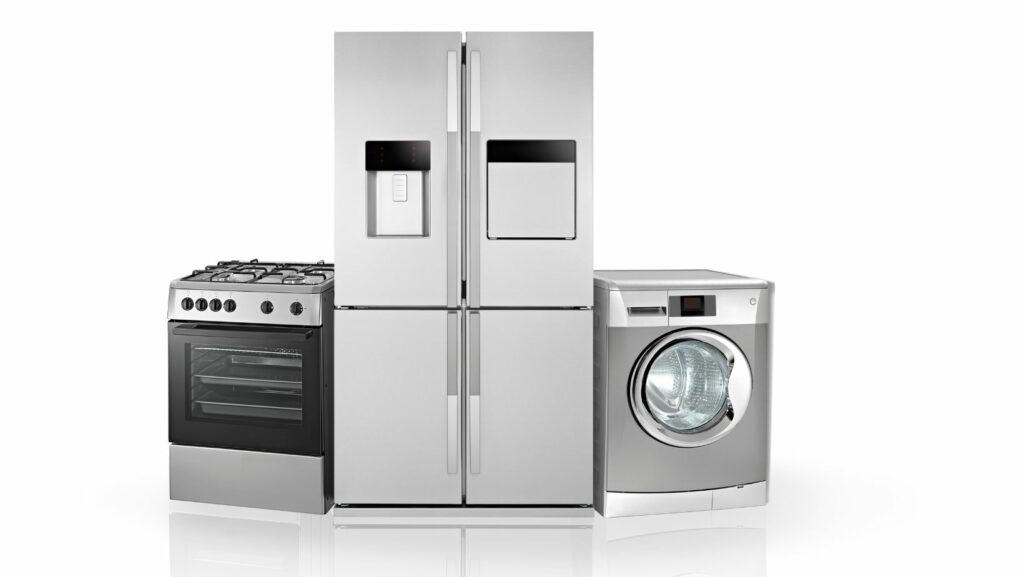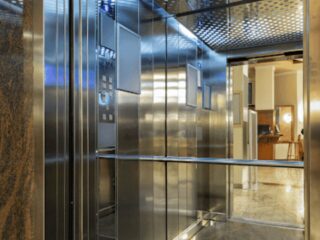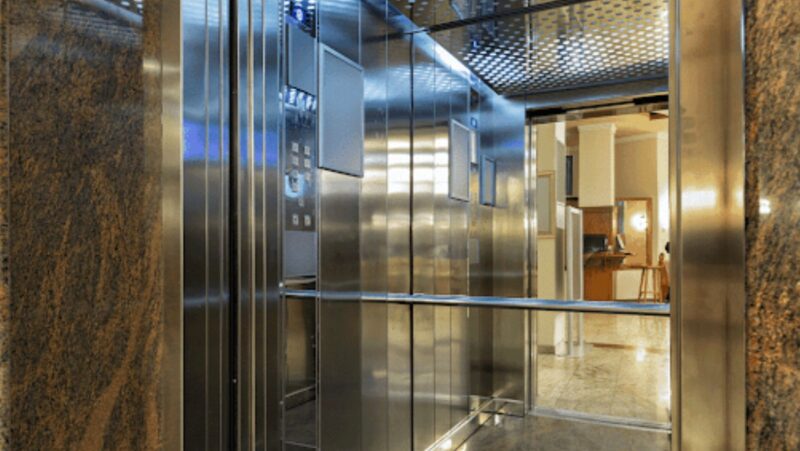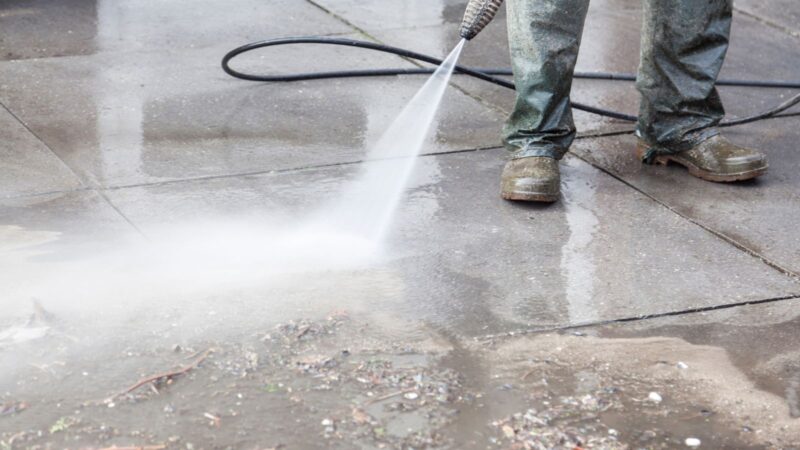
In the contemporary household, energy consumption is a critical concern, both from an environmental and a financial perspective. Among the myriad of appliances that contribute to the monthly electricity bill, certain ones stand out due to their substantial energy demands. Let’s start by identifying the main offenders in our homes. Air conditioning systems, for instance, are the apex consumers of electricity, particularly in regions with warmer climates. Then there are electric water heaters, refrigerators, freezers, clothes dryers, and not to forget, electric ovens and stoves. These appliances are indispensable yet voracious in their energy appetite.
High Electricity-Consuming Home Appliances
1. Air Conditioning Systems: Often the largest consumer of electricity in homes, especially in warmer climates. Air conditioners are indispensable for comfort but are notorious for their high energy usage.
2. Water Heaters: Electric water heaters are another major contributor to household electricity consumption, continuously heating water to the desired temperature.
3. Refrigerators and Freezers: These appliances run continuously, contributing significantly to the home’s total energy usage.
4. Clothes Dryers: Electric clothes dryers are energy-intensive, especially when used frequently.
5. Electric Ovens and Stoves: These appliances consume a substantial amount of electricity, particularly during prolonged cooking sessions.
Transitioning to LPG: A Sustainable Alternative
LPG, a clean-burning fossil fuel, presents a viable alternative to electricity for powering these appliances. The transition from electricity to LPG for these high-demand appliances can offer several benefits:
1. Reduced Energy Costs: LPG is often more cost-effective compared to electricity, particularly in regions where electricity prices are high. By switching to LPG, households can see a significant reduction in their energy bills.
2. Enhanced Energy Efficiency: LPG appliances typically offer better energy efficiency. For instance, LPG water heaters heat water faster than their electric counterparts, and LPG ovens provide instant heat control, which can reduce overall energy consumption.

3. Lower Carbon Footprint: LPG emits less carbon dioxide compared to coal-fired electricity. By transitioning to LPG, households can reduce their carbon footprint, contributing to environmental sustainability.
4. Reliability and Consistency: LPG provides a consistent energy supply unaffected by power outages or grid failures, ensuring that essential appliances remain operational.
5. Flexibility in Installation: LPG appliances can be installed in areas without access to the electricity grid, offering greater flexibility for households in remote locations.
Implementing the Transition
To transition to LPG, homeowners should consider the following steps:
1. Assessment and Planning: Conduct an energy audit to identify high electricity-consuming appliances and assess the feasibility of replacing them with LPG alternatives.
2. Choosing the Right Appliances: Opt for energy-efficient LPG appliances, considering factors like size, usage patterns, and energy ratings.
3. Safe Installation: Ensure that LPG appliances are installed by certified professionals to guarantee safety and compliance with local regulations.
4. Regular Maintenance: Regular maintenance of LPG appliances is crucial for efficiency and safety.
5. Monitoring and Evaluation: Continuously monitor the energy consumption and savings post-transition to evaluate the effectiveness of the switch.
The switch from electricity to LPG for high-consuming home appliances represents a strategic move towards energy efficiency and environmental sustainability. While the initial investment in new appliances and installation can be significant, the long-term benefits in terms of reduced energy costs and lower carbon emissions are substantial. As the world increasingly seeks sustainable energy solutions, the adoption of LPG in the domestic sphere could play a pivotal role in shaping a more energy-efficient future.













